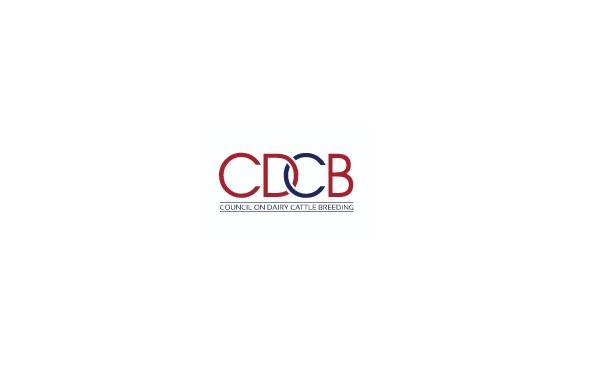Source: CDCB
The August 2024 CDCB evaluations have incorporated several changes outlined in August 2024 Evaluations: What’s New.
How were the genetic evaluations impacted by these changes?
The most significant changes have affected all yield traits (Milk, Fat and Protein) and Heifer Livability, along with correlated traits such as Productive Life and Cow Livability in some cases. Breed Base Representation (BBR) values have been updated, as the annual reference population update was paired with the introduction of a revised (smaller) SNP list.
The combined result of these updates is that values for the Lifetime Net Merit $ (NM$) index shifted.
Let’s break down each change and its impact on the evaluations, using bull data as a representative sample. Similar trends are anticipated for cows and heifers.
305-AA: A New Standardized Yield Measurement
The introduction of 305-AA (Average Age) has likely been the most noticeable change in the August 2024 evaluations. This new standardization for yield records adopts a completely different standard (transitioning from the 305-ME mature equivalent to a 36-month average age), and the age, parity, and season adjustment factors are updated. Season adjustments are now calculated across five U.S. climate regions, compared to the previous three geographical regions, which more accurately reflects environmental differences. Most importantly, the new factors are breed-specific, meaning each breed experienced different impacts from this change.
- Holsteins see an increase in Predicted Transmitting Ability (PTA) for Milk, Fat and Protein, resulting in a slight upward trend of about +10 to +15 NM$, depending on the bull group (genomic or proven).
- The most notable change is a significant reduction in Jersey PTAs for Milk, Fat and Protein (around -100, -6, and -6 pounds, respectively). This reduction leads to a decrease in NM$, averaging between -70 and -50 NM$.
- Brown Swiss, Guernsey, and Ayrshire bulls experience more stability, with smaller fluctuations around zero.
Heifer Livability
Heifer Livability values showed larger-than-usual changes due to the inclusion of two years’ worth of previously missed records. Also introduced was a new editing criteria that is more specific to herd conditions and has a small extra-effect. As more data is incorporated into this Heifer Livability, reliability for many animals increased. These changes also indirectly affect correlated traits like Productive Life (PL) and Cow Livability (LIV), with PL decreasing by an average of -0.2.
SNP List and BBR Reference Population Updates
This update impacted specific animals or groups. It did not significantly affect overall statistics – except for crossbred animals. A BBR reference population update typically alters the purebred/crossbred status of animals and adjusts the weights used to calculate final PTAs for crossbred animals. When combined with a new SNP list, these changes become more pronounced, leading to greater variability in crossbred evaluations in this August run. As mentioned previously, most of these changes will affect animals genotyped at low density or with incomplete pedigrees … and animals with BBR changes. The haplotype status of many animals has changed in the August run, due to the SNP list update, particularly the adjustments in HH6 (sixth Holstein haplotype affecting fertility) and JNS (Jersey Neuropathy with Splayed Forelimbs) to incorporate more direct information.

